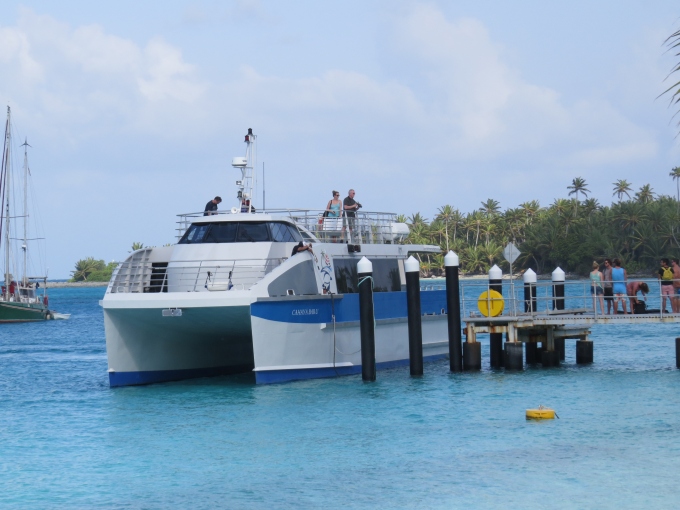About the Cocos Keeling Islands
/It's hard having a true appreciation for a place until you learn a little more about its history. I've pulled Joshua Slocum's well-used classic, Sailing Alone Around the World
The Cocos Keeling Islands are comprised of two atolls and 27 coral islands. The islands have been an Australian territory since 1984.
The atoll was discovered in 1609 by Captain William Keeling (East India Company) and named by a British hydrographer in 1805. A Scottish trader, John Clunies-Ross, visited the islands in 1814 and returned with his family and eight “sailor-artisans” in 1825, dug wells and planted coconut palms. Alexander Hare had actually arrived just shortly before Ross with a harem of 40 Malay women, but the women sought Ross' protection and Hare was soon driven out. The Clunies-Ross imported more Malay workers, built up his coconut plantations for copra production and prospered. Queen Victoria granted the islands to the Clunies-Ross descendants in perpetuity until they were purchased from the family by Australia in 1978. The Cocos Keeling flag reflects its history and heritage … a coconut palm, the Australian southern cross plus one star and the Islamic crescent symbol of the Malay people on a field of green.
Interestingly, Charles Darwin developed his theory of atoll formation when he visited the Cocos aboard the HMS Beagle in 1836. His study of the coral reefs here, led to his theory of reef development and evolution as published in his 1842 scientific paper.
Only two of the islands, West Island and Home Island, are inhabited. A tiny, isolated society of about 500 Cocos Malay people live on Home Island, descendants of the original workers brought to the Cocos by Alexander Hare and John Clunies-Ross. The Cocos Malays also maintain weekend shacks, referred to as pondoks, on most of the larger islands. West Island is primarily inhabited by ex-pat Australians and is the location of a tiny airstrip (with weekly Virgin Australia service), administration, a supermarket, a golf course (which plays across the runway) and basic services (like intermittent internet). A ferry service operates six days a week between Home and West Island and twice a week between Direction and West Island.
There are reportedly over 1,500 species of marine life in the Cocos waters including the endemic Cocos pygmy angelfish. We've seen dolphins, but there are also turtles, rays and even a resident dugong (manatee), named Kat. Odd species like purple land crabs and horn-eyed ghost crabs are also critters for which we'll be on the lookout. There are several species of birds here, but only one endemic, the Cocos buff-banded rail. Several avian visitors stop here in their migratory flight and the area supports one of the world's largest and most significant breeding colonies for the red-footed booby. We've certainly seen lots of boobies flying around, but haven't had a chance to check out their feet. Much of the native flora was cleared for coconut palms and therefore, endemic plant life is nearly non-existent.
As you can see, we've got lots of exploring to do … if the wind ever lets up.
Check out the weather at Cocos Keeling Island and see how much wind we've got today.











